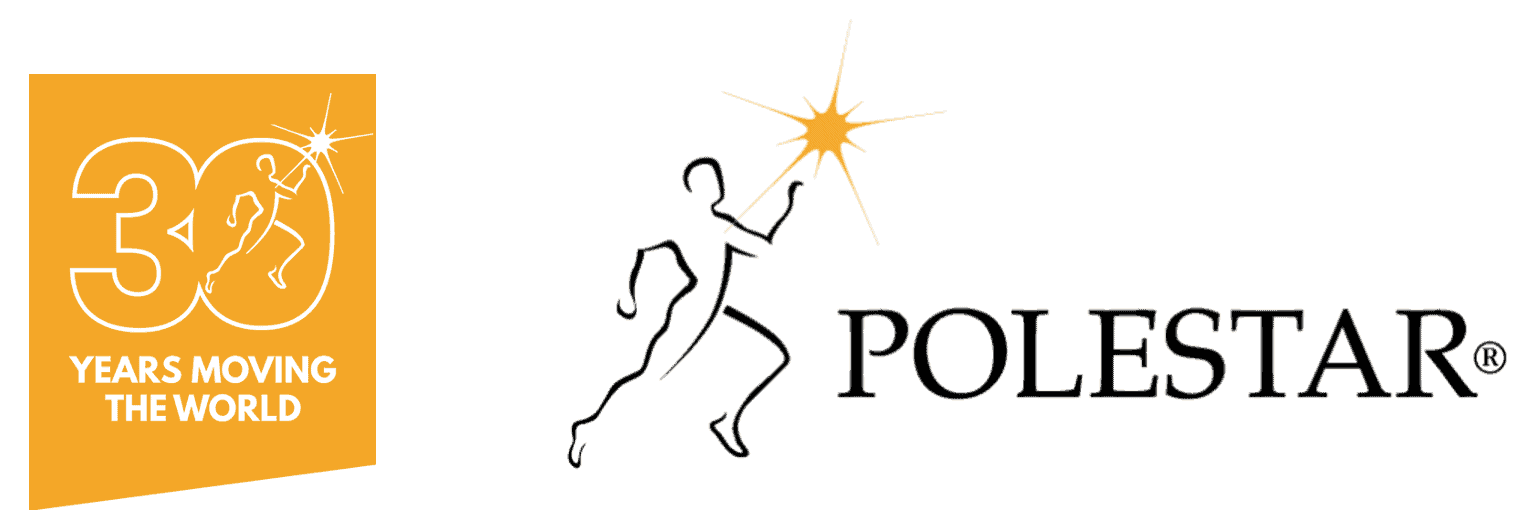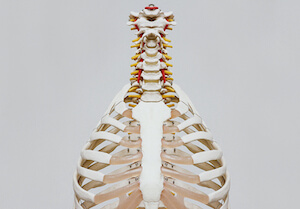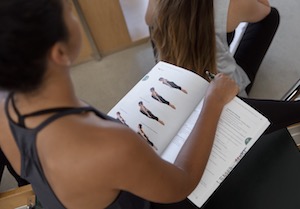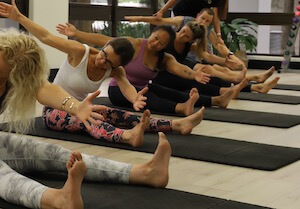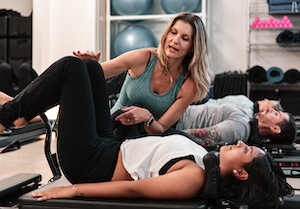The Power of Breath and Intention: Enhancing Your Pilates Practice
Pilates breath and intention form the cornerstone of transformative movement practices. These elements go beyond simple breathing techniques – they create profound connections between mind, body, and spirit.
As Polestar Pilates educators, we understand that Pilates breath and intention serve as powerful tools for guiding clients toward holistic well-being and movement mastery.
Pilates Hour #247 with Christi Idavoy
In this Pilates Hour, Christi Idavoy emphasises the role of breath in guiding the nervous system and fostering deep connections between the mind and body. In this blog, we’ll explore how breath and intention can be powerful tools to elevate your practice and support your client’s as well as students’ journeys toward movement mastery and self-discovery.
The Breath as a Bridge to Inner Awareness
Breath is often considered the bridge between the conscious and subconscious mind. It connects our body with the present moment, which is essential in Pilates. By directing attention to the breath, we help our clients and students tune into their bodies, cultivating mindfulness and self-awareness. This integration is crucial for neuroplasticity – the brain’s ability to adapt and change through movement and intentional focus.
Christi explains that by simply taking a pause and consciously breathing, we help our clients and students transition from a state of stress or distraction into one of focus and presence. The nervous system reacts to our breath, either entering a state of fight-or-flight or rest-and-digest. Pilates provides the opportunity to shift out of the former and into a space where healing and transformation can take place.
💡 Actionable Insight 💡
Begin each session with a moment of pause. Encourage your clients or students to sit comfortably, close their eyes, and take a few deep, intentional breaths. Ask them to notice the physical sensations around them – temperature, pressure from the mat, or the texture of their clothing. This simple exercise grounds them and sets the tone for a mindful practice.
Setting the Intention: A New Approach to Teaching
As educators, the way we guide our clients and students plays a pivotal role in their experience. Christi encourages us to think beyond just giving instructions and focus on inspiration. Pilates isn’t just about moving the body; it’s about inspiring individuals to move with purpose and intention.
Instructors often fall into the trap of giving step-by-step instructions. While this is necessary, it’s equally important to invite clients and students to explore their bodies and discover movement patterns for themselves. By asking open-ended questions like, “What do you feel when you make this adjustment?” or “Notice the balance in your body now,” you encourage curiosity. This leads to a deeper connection with the movement, turning the experience from a physical task into an exploration of the self.
💡 Actionable Insight 💡
Incorporate prompts that allow students and clients to self-reflect during their practice. Instead of only guiding them on what to do, invite them to notice and connect with their breath and body. This will help clients or students develop their own internal dialogue, creating more personal ownership over their movement experience.
Creating a Safe Space for Emotional Exploration
When we introduce breath and intention into our practice, we not only support physical transformation but also emotional healing. Christi highlights that the body is a repository for memories and emotions. Movement, especially when coupled with breath, can help release stored emotional tension, creating a profound mind-body connection.
The body is a repository for memories and emotions. Movement, especially when coupled with breath, can help release stored emotional tension.
For example, a client or student may experience an emotional release during a movement class – a sigh, a tear, or even a shift in mood. As an educator, it’s important to hold space for these moments and not rush past them. Acknowledge the emotional experience, and remind clients and students that this is part of their journey of self-discovery.
💡 Actionable Insight 💡
When guiding your clients or students through breath and movement, create a supportive environment where emotional release is not only accepted but encouraged. If a client or student experiences an emotional shift, reassure them that it’s okay and that their body is processing and healing. This will foster trust and deepen their relationship with the practice.
🤝Co-Regulation
In a Pilates session, the connection between instructor, client and/or student is more than just verbal cues; it’s a shared experience. Co-regulation refers to the mutual regulation of energy between teacher and client or student. As a teacher, your breath, tone, and energy set the stage for the class.
🌊Natural Rhythm
Instead of giving clients or students rigid instructions about when and how to breathe, encourage them to notice their natural breath patterns and explore how it syncs with movement. This creates a more fluid and organic practice.
🔄Integration
The integration of breath and movement allows clients and students to experience a more intuitive practice. By focusing on natural rhythm, clients and students can control their movement with more ease and fluidity.
The Power of Co-Regulation
Christi emphasises that we, as educators, must stay grounded and aligned with the present moment while guiding our clients and/or students. This involves regulating our own nervous systems through intentional breath and being aware of our own energy levels. If we are in tune with our clients or students, we can adjust our cues and interactions to meet their needs in real time.
💡 Actionable Insight 💡
Be mindful of your own breathing and presence during class. Breathe with your clients and students and adjust your pace and tone as needed. This co-regulation fosters a sense of trust and connection, creating a space where clients and students feel safe to explore their bodies.
The Integration of Breath and Movement in Practice
Finally, one of the key takeaways from Christi’s teaching is the integration of breath and movement. She explains that instead of giving clients and students rigid instructions about when and how to breathe, we should encourage them to notice their natural breath patterns and explore how it syncs with movement. By focusing on the natural rhythm of the body, clients and students can experience a more fluid and organic practice.
For example, when teaching an exercise like the Knee Stretch on the reformer, instead of instructing clients or students to force a breath pattern, guide them to notice when their breath naturally falls in sync with the movement. This allows them to control their movement with more ease and fluidity, instead of trying to control their breath with rigid rules.
💡 Actionable Insight 💡
Allow your clients and students the freedom to explore breath patterns within their movements. Invite them to notice when the breath feels most natural and help them to tune into that rhythm. This creates a more intuitive and less effortful experience.
Movement as a Vehicle for Transformation
Breath and intention are not just techniques; they are part of a deeper practice that connects the body, mind, and spirit. By integrating these elements into your Pilates teaching, you create a space where clients and students can heal, discover, and thrive. The more you emphasize breath, presence, and self-awareness, the more profound the impact on your clients and students’ well-being.
As Polestar educators, we are not just teaching exercises; we are guiding individuals on a path of holistic transformation. Embrace the power of breath and intention, and witness the profound shifts it can bring to both your practice and your clients’ and students’ lives.
Ready to Transform Your Teaching?
Join thousands of Polestar educators worldwide and discover the power of breath-centered Pilates instruction.

